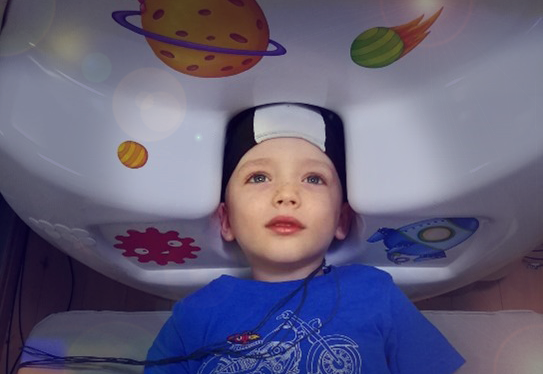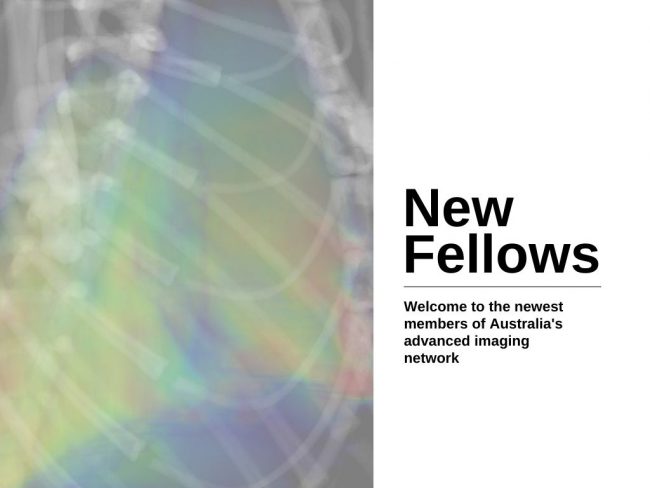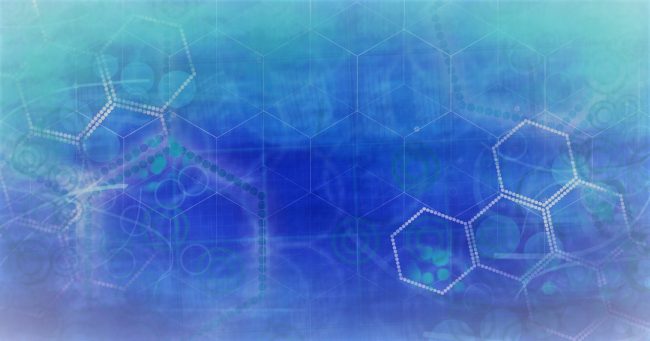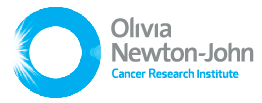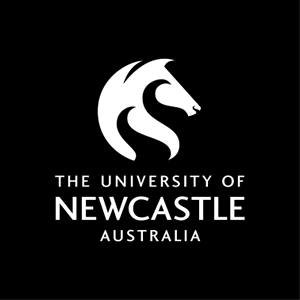Researchers gain unique insights, setting aim for the stars through southern hemisphere’s only paediatric MEG
National Imaging Facility’s (NIF) node at Macquarie University is home to Australia’s only paediatric magnetoencephalography (MEG) system, allowing children to undergo scans to discover how the brain develops normally as well as what might be different in epilepsy and autism.
MEG enables highly precise, real-time study of brain activity and it is one of the most advanced methods of recording and evaluating the brain while it is actively functioning.
It non-invasively measures the magnetic fields produced by the brain’s electrical currents through sensors in a helmet to help identify sources of activity in the brain.
NIF’s Macquarie University Node Co-Node Director Professor Paul Sowman oversees the KIT-Macquarie Brain Research Laboratory, where he has worked since 2009 after being awarded National Health and Medical Research Council training fellowship to join the lab in its early development.
At the time, the lab was the only MEG facility in the southern hemisphere and had the only whole-head child MEG system in the world. Over ten years later, it is still the only paediatric MEG facility in the southern hemisphere.
He led the first investigation to longitudinally track the changes in young children’s auditory function as they grow older; providing much needed insight into typical brain development and an important first step towards understanding neurodevelopmental disorders such as autism.
Prof Sowman said the preschool years are a time of huge change in children’s cognitive abilities although little is known about the corresponding changes in brain function.
“Using MEG, we’ve been able to show that normal cognitive development is characterised by an increasing tendency for the brain to make predictions about its sensory environment,” Prof Sowman said.
“This ‘predictive-coding’ theory of cognition is thought to be a key site of cognitive difference in schizophrenia and autism, and hence developing objective brain-based measures of this might be key to a better understanding of those neurodiverse states,” he said.
Brain scans can be scary, especially if you’re a preschooler, but the team at Macquarie have created an environment to put kids at ease with the MEG set up as an outer space adventure.
Intrepid mini astronauts (the kids) are put through a fun space cadet preparation, including taking measurements, training and simulation to make them comfortable and confident about their ultimate mission.
This astronaut training process prepares the cadets so that when it’s time to launch the real MEG spaceship, the kids are well versed and ready to follow instructions from ground control (the scanner control room), ensuring accurate results.
NIF Macquarie Node Facility Fellow Dr Judy Zhu supports research projects at the MEG laboratory and is the first point of contact for potential new users.
“I love the opportunity to work with researchers on different projects,” Dr Zhu said.
“We are very excited to be part of NIF so we can enable more collaborations and make the MEG facility available to a broader research community.”
For more information, and to access the paediatric MEG as well as other NIF imaging capabilities at Macquarie University, contact us.


